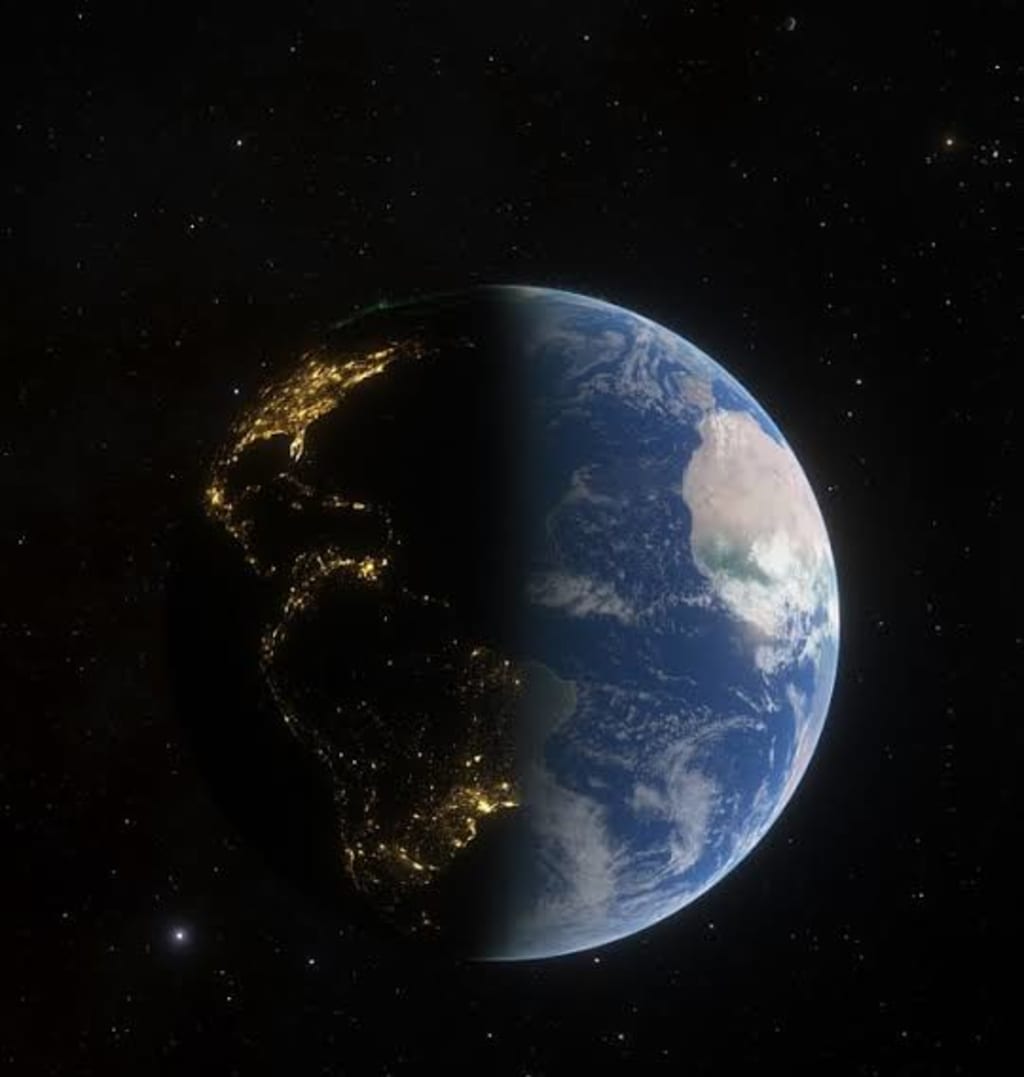What You Didn't Know About Equinoxes
More Than Just Equal Days

The celestial events that mark the transition between seasons, have long captured the imagination of humanity. From ancient civilizations to modern astronomers, these moments of balance between light and darkness have held symbolic significance. Yet, beneath their seemingly straightforward concept lies a world of complexity and nuance. Join us as we embark on a journey to unravel the mysteries of the equinoxes and uncover the hidden truths behind these cosmic occurrences.
The Ancient Wisdom of Equinoxes:
Our journey begins with our ancestors, whose close connection to nature allowed them to keenly observe the rhythms of the natural world. Among their many discoveries was the recognition that each year brought forth two significant days: one with the shortest hours of daylight and another with the longest. These days, known as solstices, served as natural markers for dividing the year into halves.
However, our ancestors, ever curious and meticulous in their observations, noticed something more. In between these solstices lay two additional days of significance – the equinoxes. These days, they observed, marked moments of perfect balance, when day and night were of equal length. This observation, rooted in millennia of tradition and wisdom, became enshrined in calendars and cultural rituals across the globe.
The Equinox: A Moment of Precision:
But what exactly defines an equinox? Contrary to popular belief, an equinox is not a full day but rather a precise moment in time. It occurs when Earth's axis is neither tilted toward nor away from the sun, resulting in the sun crossing the equator's center. This alignment, though fleeting, holds profound significance in the intricate dance of celestial mechanics.
Yet, despite this precise alignment, the equinox fails to deliver on its promise of equal parts day and night. The culprit? Our definition of "sunrise" and "sunset." While we consider sunrise the moment the sun's upper edge peeks above the horizon, sunset isn't until the last sliver of sunlight disappears. This subtle distinction results in slightly longer "day" periods compared to "night" on the equinox date.
The Illusion of Equal Nights:
Furthermore, the illusion of equal night and day on the equinoxes is further compounded by atmospheric phenomena. Near the horizon, Earth's atmosphere acts as a lens, bending sunlight and prolonging daylight even after the sun technically sets. This atmospheric bending creates the illusion of a longer day, subtly tipping the balance in favor of daylight.
The Equilux: Seeking True Balance:
Amidst the complexity of the equinoxes, there exists a phenomenon known as the equilux – the date when day and night are precisely equal. Contrary to popular belief, the equilux does not align perfectly with the equinoxes. Instead, it occurs a few days before the March equinox and a few days after the September equinox, varying slightly based on one's latitude.
This discrepancy, while seemingly minor, highlights the intricacies of Earth's orbital dynamics. Due to the elliptical nature of Earth's orbit, gravitational forces cause variations in orbital speed, resulting in uneven intervals between solstices and equinoxes throughout the year. Consequently, the equinoxes do not neatly divide the year into equal halves or quarters.
The Dance of Light and Darkness:
As we delve deeper into the mysteries of the equinoxes, we are reminded of the profound interconnectedness of our world. From the subtle tilt of Earth's axis to the bending of sunlight in Earth's atmosphere, every aspect of these celestial events is intertwined in a delicate dance of light and darkness.
Yet, amidst this complexity, there is beauty to be found. The equinoxes serve as a reminder of the cyclical nature of existence, of the constant ebb and flow of light and darkness in our lives. In celebrating these moments of balance, we honor the ancient wisdom of our ancestors and reaffirm our connection to the rhythms of the natural world.
Conclusion:
As we conclude our exploration of the equinoxes, we are left with a newfound appreciation for the complexity and beauty of these celestial events. What began as a simple observation by our ancestors has evolved into a rich tapestry of scientific understanding and cultural significance.
So the next time you witness the changing of the seasons, take a moment to reflect on the hidden truths behind the equinoxes – the moments of balance, the illusions of equal night and day, and the intricate dance of light and darkness that defines our world. In doing so, you'll join a tradition that spans millennia and connects us to the vast cosmos beyond.





Comments
There are no comments for this story
Be the first to respond and start the conversation.